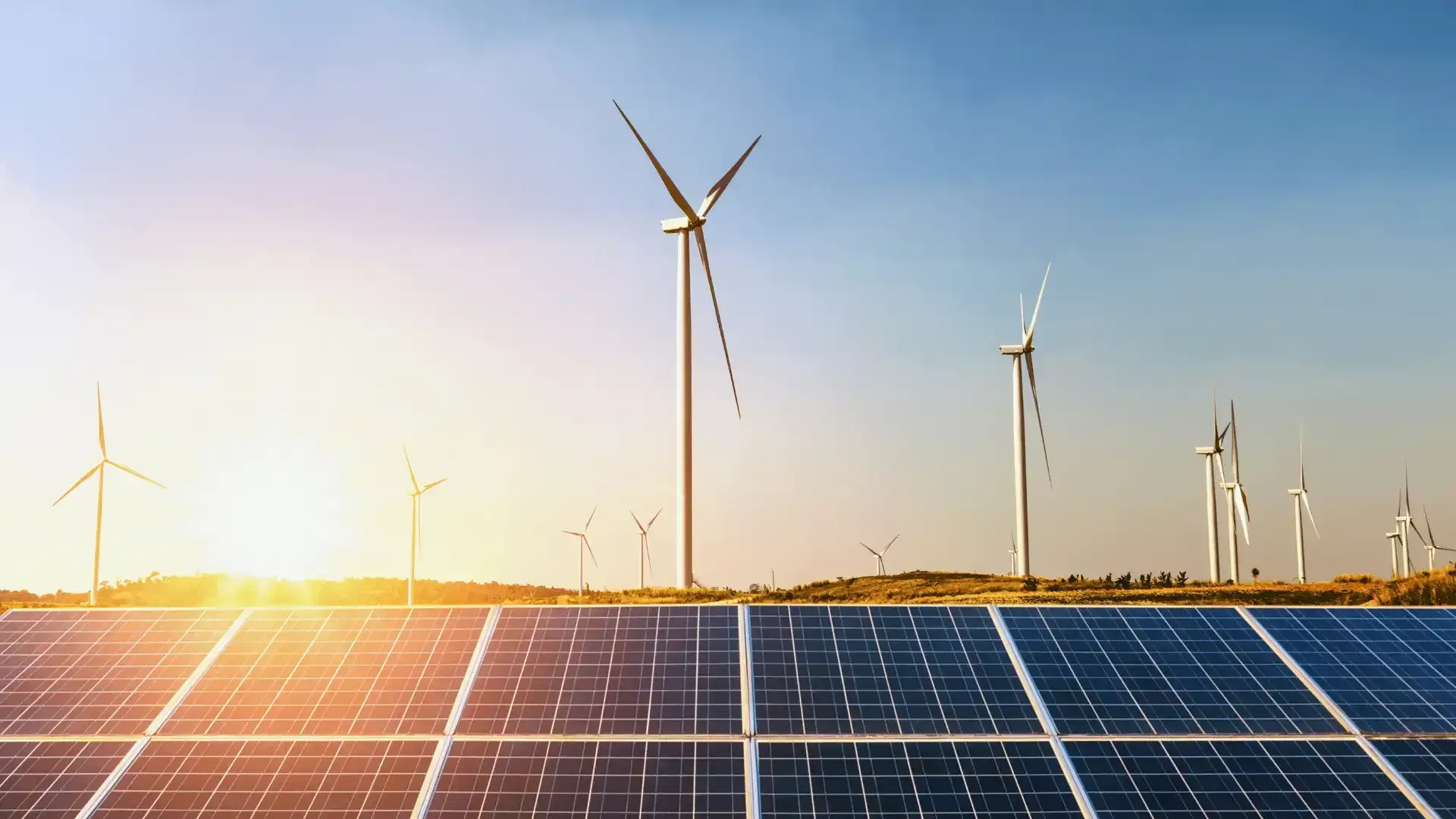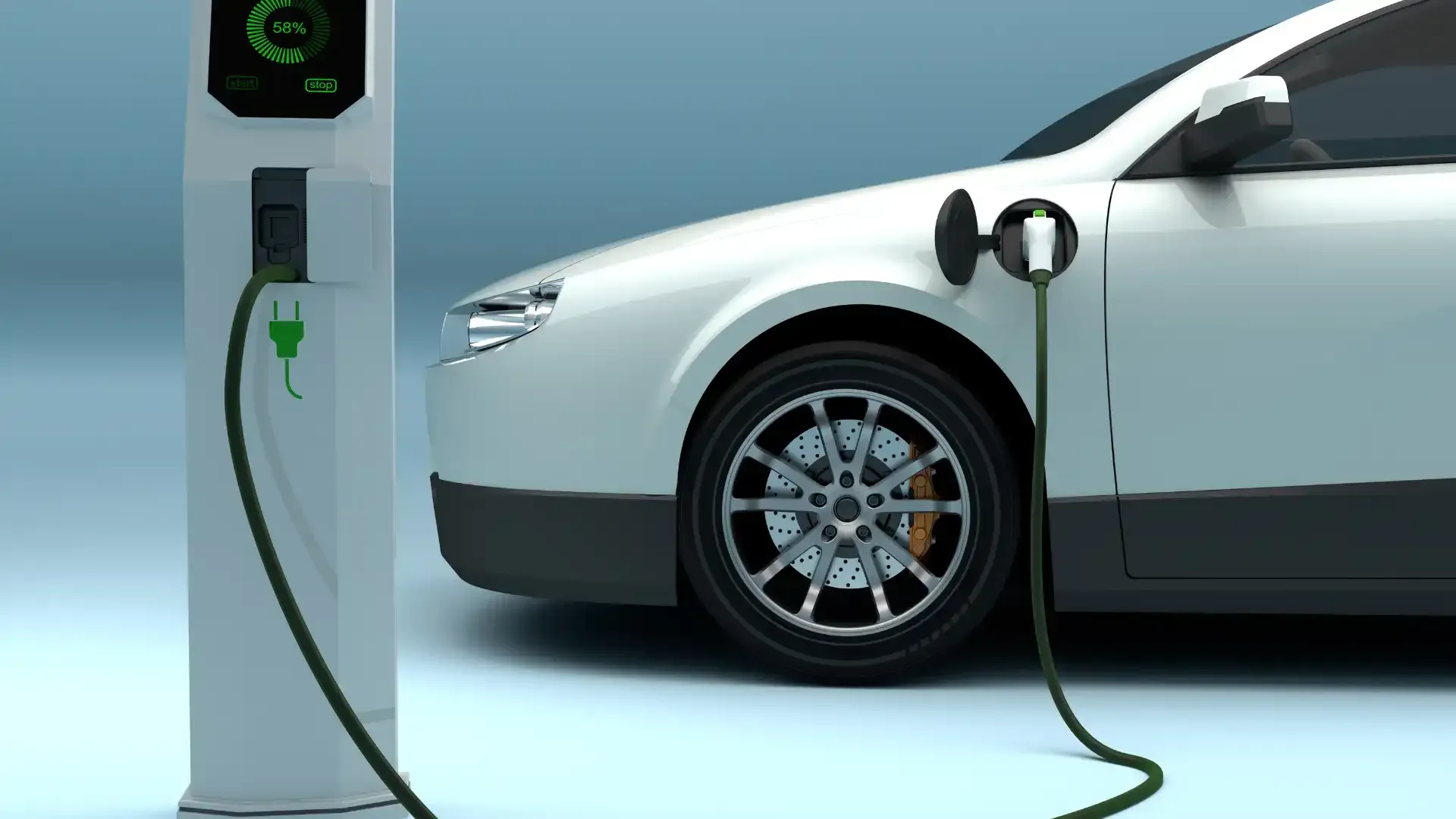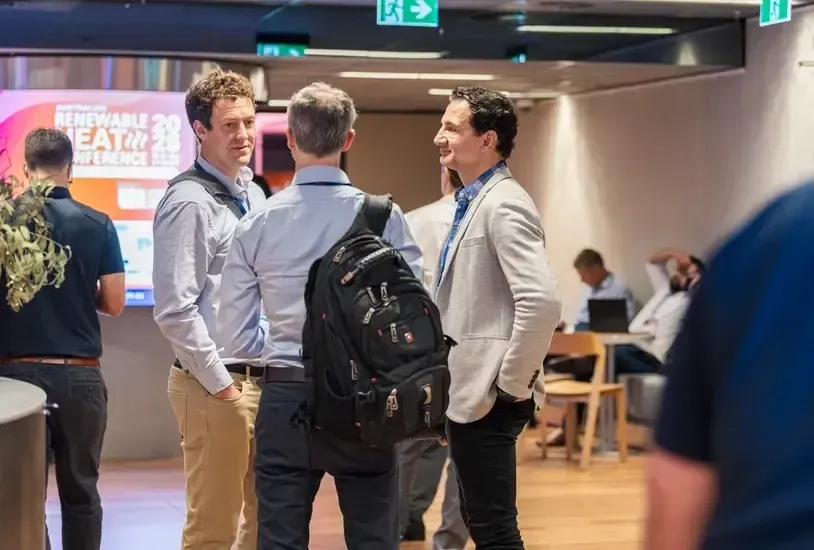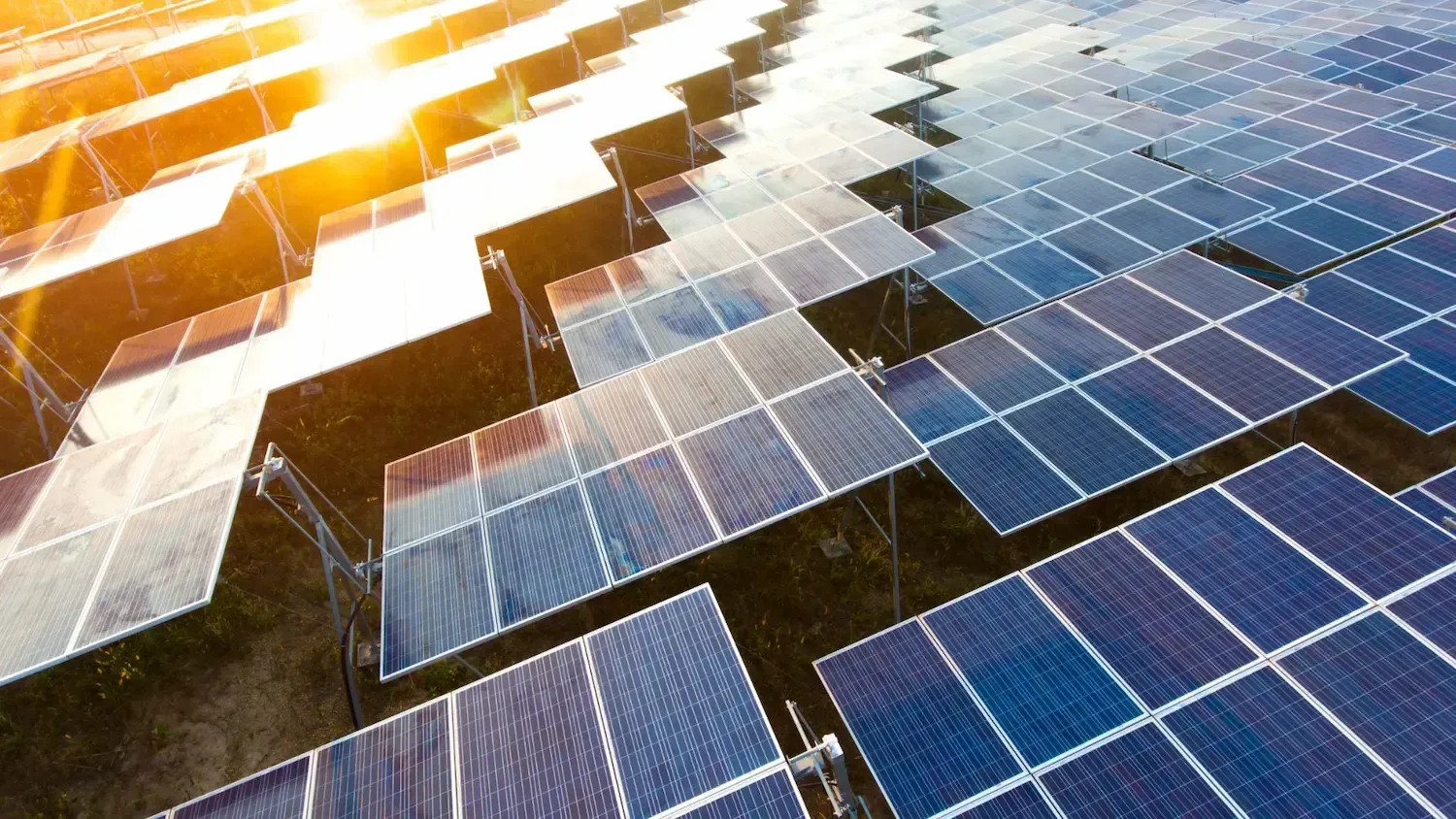Navigating The Net Zero Emissions Challenges and Opportunities
New Zealand's ambitious goal of achieving net zero emissions by 2050 presents both challenges and opportunities for Electricity Distribution Businesses (EDBs) and the national grid. As the country transitions to a low-carbon economy, some of the specific challenges for the National Grid are as follows:
- The transition to net zero will require a significant increase in renewable energy generation. The International Energy Agency (IEA) estimates that global renewable energy capacity will need to triple by 2030 to meet net zero targets in 2050. This will necessitate upgrades to the national grid to accommodate the influx of intermittent energy sources.
- The cost of upgrading the grid is significant. The Boston Consulting Group estimates that $22 billion will need to be spent on distribution infrastructure by 2030 to assist the transition
- New Zealand's electricity consumption is expected to grow by 70% by 2050, according to Transpower’s Te Mauru Hiko report. However, other sources expect much larger growth. This growth will be driven by several factors, including population growth, economic growth, and the electrification of process heat and transportation.
EDBs play a crucial role in ensuring a reliable, affordable, and sustainable electricity supply for consumers and businesses. An EDB is a company which owns the network that transports electricity – essentially a lines company. There are 29 lines companies in New Zealand – some are privately owned, some owned by local councils, and others owned by consumer trusts. EDBs are heavily regulated in New Zealand so that supply and pricing for electricity is equitable. But like any business managing supply and demand is critical to survival, and forecasting plays a crucial role.
Think about a dairy company that produces specialty cheese and cream. At Christmas time they can experience significant increases in weekly sales of cream, and camembert all within a 10-day period as people prepare to celebrate the holiday season with their cheeseboards and favourite desserts. Now a dairy company will have sales data from the previous 10-15 years to forecast production in advance and have the shelves stocked and ready for consumers.
Translate this concept into the electricity market. The next few years can expect to see consumers (retail & commercial) switch their behaviour to electrification options for heating, transport, business and general household energy consumption. Renewables like solar and wind options will come on stream – but these options often require electrification boosts.

A 70% increase in electricity consumption by 2050 is a significant market change - how does an EDB Forecaster know what to estimate for in this rapidly changing environment where technology changes are ramping up progress. Specifically some of the impacts on EDBS are;
- EDBs will need to adapt their infrastructure and operations to support the growth of distributed energy resources (DERs), such as rooftop solar panels and battery storage systems. Currently, 58 MW of distributed solar is installed in New Zealand; this is expected to grow to 535 MW by 2030 – effectively nine times the current level.
- EDBs will need to manage the increasing complexity of the grid. The integration of DERs and renewable energy sources will create new challenges for EDBs, who will need to ensure the stability and reliability of the electricity system.
- Supply shortage may cause long lead time for critical components such as transformers. New Zealand is going to have to compete with other centres around the world that will also be upgrading their distribution networks. Transformer supply shortages could limit the ability of EDBs to upgrade their networks when required.
And what about managing the demand growth due to the increased intensity of electrification expected over the next few years?
Process Heat and Transport are two areas where there are significant opportunities to reduce greenhouse gas emissions by switching to electrification alternatives.
Process heat electrification refers to the conversion of industrial processes that currently use fossil fuels to generate heat, such as steam or hot water, to use electricity instead. This is a key opportunity to reduce greenhouse gas emissions, as electricity can be generated from renewable sources. However, process heat electrification will also lead to an increase in electricity demand.

From the boiler database work that DETA have undertaken, - we’re expecting the load growth in some EDB’s to be up to 40% more than the current demand across the entire network – due only to process heat. Much of this load will come online before 2030, especially in the South Island which is coal intensive, that’s without looking at transportation – which adds further complexity to the equation. It is estimated that as much as 50% of the current installed process heat boiler stock will need to be replaced or retrofitted within the next 15 years to meet future emissions targets.
When it comes to transport, in the modelling that DETA have undertaken for specific EDB’s, the additional transportation load is estimated to increase demand by up to 150% for some feeders and GXPs (Grid Exit Points). The transport sector is New Zealand’s second-largest source of greenhouse gas emissions. Strengthening the charging infrastructure is paramount to making the shift to electric vehicles a business case for light and heavy vehicles. There is still work to be done on clarifying the responsibility and accountability for this, but in the meantime the EDBs will have to prepare for the load. New Zealand currently imports more than $8Bn in fossil fuels, making it not only an economic imperative to switch to locally generated renewable energy but also a key focus for energy consultants working to reduce greenhouse gas emissions.
It remains to be seen how this will all play out, but the general opinion is there will be significant economic, regulatory, and public pressure for industry to accelerate energy transition as soon as possible. As they say – “failing to plan is planning to fail”. And that’s where DETA can help. We’re working with EDB’s to develop their forward load estimates, and then take this into the Asset Management Planning process. We’ve got deep expertise across our team – from leadership and strategy for EDB’s, down to network planning.
We’re looking forward to sharing our stories of success with you as the projects unfold – getting our EDB’s prepared and ready to respond to the electrification challenge.





